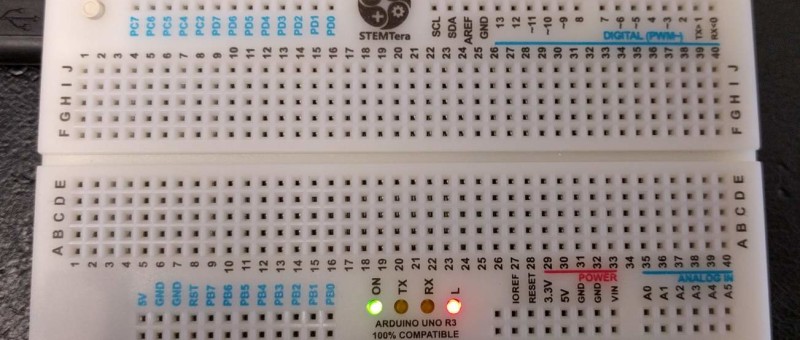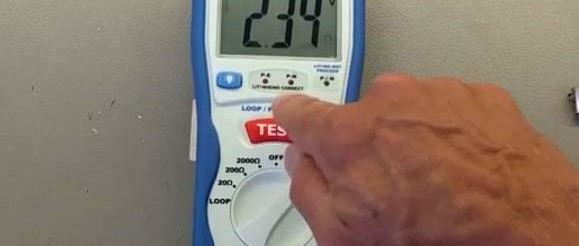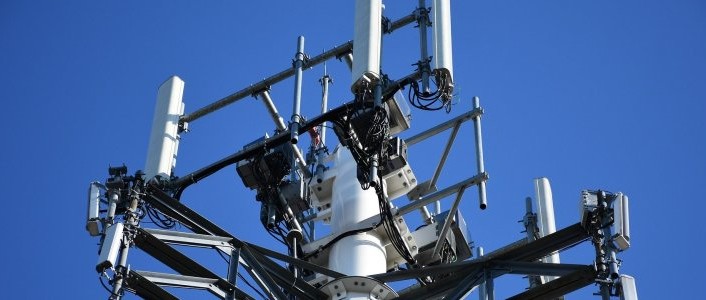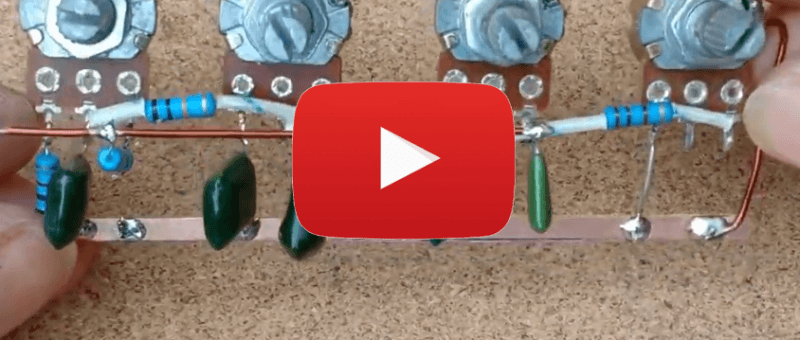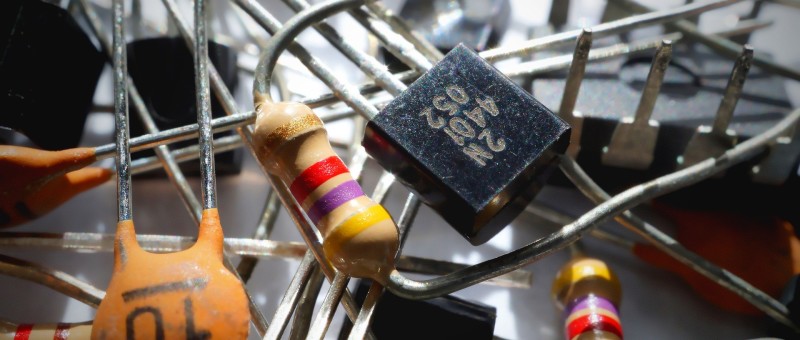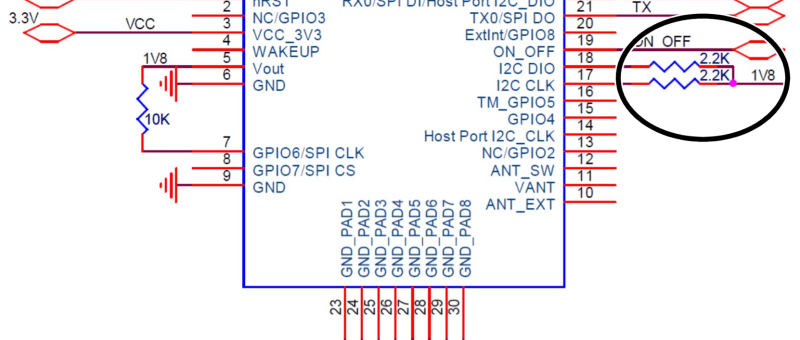| When I was asked to review the STEMTera I had absolutely no idea what it was. The website, of the type that does not clearly mention what it...
Clemens Valens (931)
| It is instructive, easy and even fun to play around with the free circuit simulator LTSpice every once in a while. In this video you will fi...
| The prospective short-circuit current (PSCC) is the maximum current that can flow through a shorted electrical circuit. The PSCC value is ne...
| An RF Power Meter for measurements up to 10 GHz was published in the March & April 2018 edition of Elektor Magazine. The project turned out...
| You don't always need a nicely etched professional-looking plated-hole printed circuit board to obtain good results. Soldering components to...
| One reason to play around with electronics is simply for the fun of it. For instance, you can build devices for making noise and producing s...
| Because it is almost impossible to work on the Raspberry Pi, or, for that matter, on Linux in general, without ever needing to enter command...
| The development of our new product is advancing slowly. Now that we have a working proof of concept (PoC) the time has come to start creatin...
| Updates of and additions to projects published in ElektorLabs Magazine spiced up with tips & tricks, tech advice, and answers to reader's qu...
| The prospective short-circuit current (PSCC) is the maximum current that can flow through a shorted electrical circuit. The PSCC value is ne...


